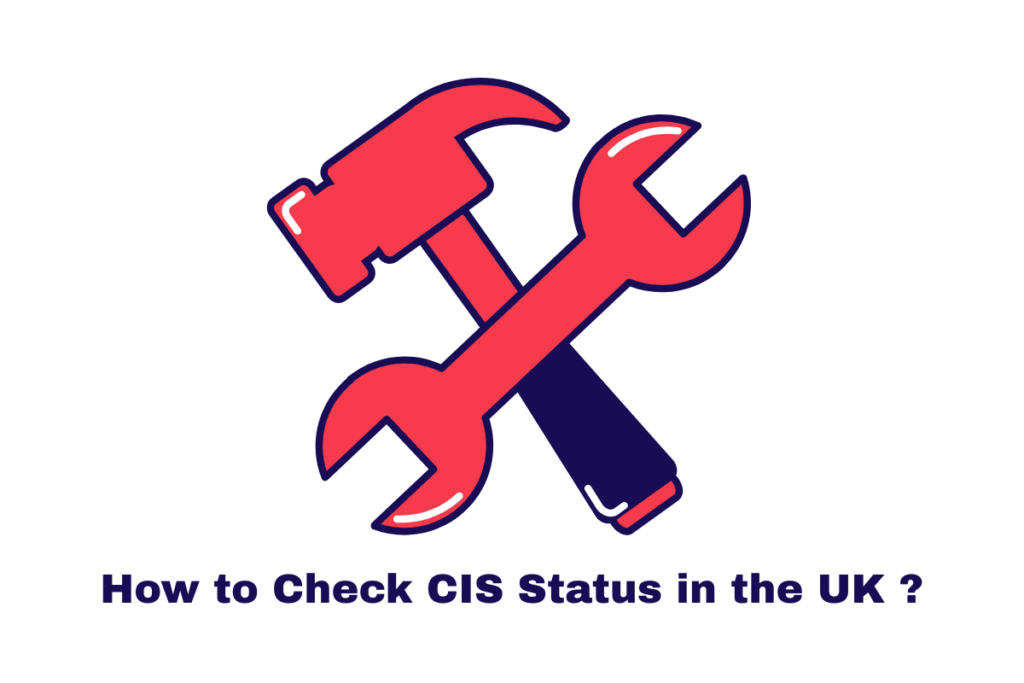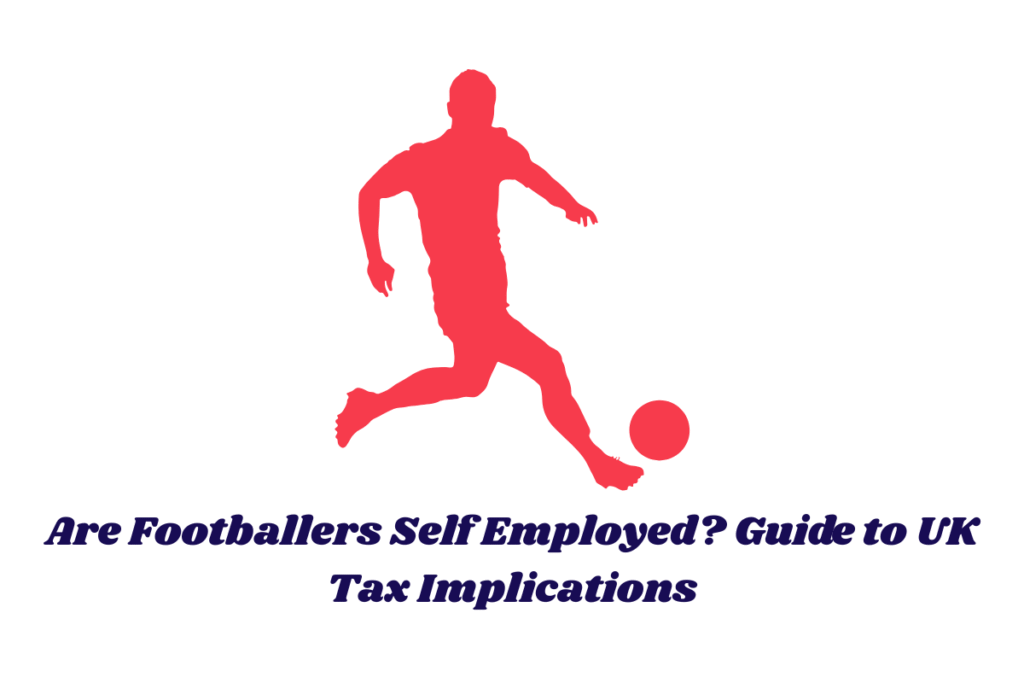CIS status in the UK refers to the registration and deduction rate HMRC assigns to subcontractors under the Construction Industry Scheme, and checking this status ensures accurate tax deductions and full compliance.
Contractors use the HMRC CIS verification service through their Government Gateway account to confirm whether a subcontractor is registered for CIS, their current deduction rate, and whether they hold gross payment status.
Subcontractors rely on their CIS registration details, Unique Taxpayer Reference (UTR), and HMRC notifications to verify their own status and keep their records accurate for monthly returns.
Proper CIS status management protects cash flow, supports compliant payment processes, and reduces the risk of HMRC penalties for both subcontractors and contractors.
What is the Construction Industry Scheme (CIS)?
The Construction Industry Scheme (CIS) governs how payments are made from contractors to subcontractors for construction work in the UK.
The primary purpose is to ensure that tax is accounted for correctly, effectively acting as an advance payment toward the subcontractor’s eventual tax and National Insurance liability.
Your CIS status determines the rate of deduction a contractor must take from your payment. Incorrect status can lead to over-deduction, hurting your monthly income, or under-deduction, potentially leaving you with a large tax bill at the end of the year.
The Three CIS Statuses for Subcontractors
As a subcontractor, your registration status with HMRC dictates the tax CIS deductions taken by the contractor:
| CIS Status | Deduction Rate | Implication for Subcontractor |
| Gross Payment Status | 0% (No Deduction) | You receive the full payment (excluding materials and VAT) and are responsible for paying all your tax and NICs via your Self Assessment or Corporation Tax return. This is the goal for most established firms. |
| Registered (Standard Status) | 20% Deduction | You are registered for the CIS scheme, and the contractor deducts 20% from the labour element of your invoice and pays it to HMRC on your behalf. This is the standard deduction rate. |
| Unregistered Status | 30% Deduction | You are not registered for the Construction Industry Scheme. The contractor is legally obliged to take a higher CIS deduction of 30%, which significantly impacts your cash flow. |
Contractors, on the other hand, do not have a ‘deduction status’ but must register with HMRC and comply with all the scheme’s obligations, including filing monthly returns and performing CIS verification checks.
Checking your CIS registration is a foundational compliance step.
How to Check CIS Status as a Subcontractor
If you are a subcontractor, you will primarily want to answer the question, “How do I check the status of my CIS registration?” to ensure the correct deduction rate (0%, 20%, or 30%) is being applied.
This is generally done through your personal or business tax account.
Method 1: The HMRC Online Personal Tax Account
This is the most direct and simplest way for sole traders and individuals to check their own CIS status.
-
Access the HMRC Portal: Navigate to the official GOV.UK page for HMRC online services. You will need your Government Gateway user ID and password.
-
Sign In: Complete the CIS login using your Government Gateway credentials. If you don’t have an account, you will need to register using your Unique Taxpayer Reference (UTR) and National Insurance number.
-
Navigate to the CIS Section: Once logged in, look for your Personal Tax Account or Business Tax Account. The specific navigation may vary slightly, but generally, you will find a section related to Self Assessment or the Construction Industry Scheme (CIS).
-
View Deductions and Status: In the relevant section, you can typically see:
-
Confirmation that you are registered under the CIS scheme.
-
Details of CIS deductions that have been reported by contractors who have paid you.
-
Information related to gross payment status (GPS) if you have applied for or been granted it.
-
📝 Expert Tip: While the online portal confirms your registration and shows reported payments, it may not explicitly display the phrase “Gross Payment Status” or “20% deduction rate.” If you see zero deductions reported on your statements, this is a strong indicator that you have CIS gross status. If you see deductions, compare the rate against your gross payments to confirm if it’s 20% or 30%.
Method 2: Contacting the CIS Helpline
If you are unable to access your online account, or if the information is unclear, the HMRC CIS helpline is your direct alternative for a verbal confirmation of your CIS status with HMRC.
-
HMRC CIS Helpline Number: 0300 200 3210
-
What to Have Ready: Your Unique Taxpayer Reference (UTR) and National Insurance number (if a sole trader) or your company’s registration details (if a limited company).
-
What HMRC Can Confirm: The agent can confirm:
-
Whether you are registered for the Construction Industry Scheme (CIS registration).
-
Your current deduction rate (0%, 20%, or 30%).
-
If your application for CIS gross status was approved or rejected.
-
This is often the best route for answering, “How do I know if I have CIS?” when you are first starting out or have just completed your CIS registration.
Method 3: Reviewing Your Payment and Deduction Statements (PDS)
Your most immediate and recurring indicator of your current CIS status is the paperwork you receive from your contractors.
-
Contractor Obligation: Contractors are legally required to provide you with a Payment and Deduction Statement (PDS) every month you are paid.
-
What to Look For: This statement clearly shows:
-
The total amount of the payment.
-
The cost of materials (which are excluded from the scheme).
-
The total amount of the CIS deductions taken.
-
The net amount paid to you.
-
-
Calculation: By comparing the gross labour amount to the deduction amount, you can calculate the rate applied (Deduction / Labour Amount x 100).
-
If the rate is 0%, you have gross payment status.
-
If the rate is 20%, you are a registered subcontractor.
-
If the rate is 30%, you have unregistered status and need to complete your CIS registration urgently.
-
Why You Should Check Your CIS Status
Knowing your CIS status ensures you are being taxed correctly. If you’re registered as a subcontractor and verified with HMRC, you’ll be deducted at the standard 20% rate.
If you’re not registered, you might face deductions at the higher 30% rate, which affects your income.
Contractors, on the other hand, must verify every subcontractor with HMRC before making payments. Failing to do so can result in fines and disruptions in workflow.
Read Our more Detailed Guides on VAT:
What is VAT and How VAT Works?
What is VAT Exempt in the UK: All VAT Exempt Items
Are Books VAT Exempt in the UK? A Complete Guide for 2025
Is VAT Chargeable on Alcohol in the UK?
Key Benefits of Checking Your CIS Status:
- Avoid higher tax deductions
- Ensure proper HMRC registration
- Access possible CIS tax refunds
- Plan your cash flow accurately
How to Check CIS Status as a Contractor (Subcontractor Verification)
For contractors, checking a subcontractor’s CIS status is not an optional task, it is a legal requirement mandated by the CIS scheme before you pay them. This process is known as CIS verification.
The Contractor’s CIS Verification Process
-
Access the CIS Online Service: As a registered contractor, you must use your HMRC Business Tax Account.
-
Use the ‘Verify Subcontractor’ Tool: Once logged in to the dedicated CIS login area, find the verification tool.
-
Provide Subcontractor Details: You will need the subcontractor’s details, which must exactly match the details they used for their CIS registration.
-
Sole Trader: Full Name, Unique Taxpayer Reference (UTR), and National Insurance (NI) number.
-
Limited Company: Company Name, Company UTR, and Company Registration Number.
-
Partnership: Trading Name, Partnership UTR, and details of the nominated partner.
-
-
Receive the Deduction Rate: HMRC will then provide you with one of the following three results:
-
Gross Status: Pay the subcontractor without any deduction (0%).
-
Registered: Deduct 20% from the labour element.
-
Unregistered/Unverified: Deduct the higher rate of 30%.
-
-
Record the Verification Number: You must record the unique verification number HMRC gives you. This number must be included in your monthly CIS return. This is proof that you have fulfilled your obligation to check their CIS status and applied the correct deduction rate.
Compliance Warning: If you pay a subcontractor without performing the mandatory CIS verification, HMRC will treat it as if you should have deducted 30%, leaving you liable for the tax that should have been withheld. Regular verification is essential for compliance under the Construction Industry Scheme
How Do I Get CIS Gross Status?
For many subcontractors, the ultimate goal is to obtain Gross Payment Status (GPS). This means the contractor pays you the full amount without any CIS deductions (0%), significantly boosting your cash flow.
This is a common query, and securing CIS gross status is a clear mark of an established and compliant business.
To qualify for Gross Payment Status, you must satisfy three stringent tests set by HMRC:
1. The Business Test
This simply requires that your business is genuine and operates within the UK. You must show that:
-
You carry out construction work (or provide labour for it) within the UK.
-
The business is run through one or more bank accounts.
2. The Turnover Test
This is an indicator of the size and scale of your construction business. The required net construction turnover (gross payments excluding VAT and the cost of materials) must meet the following minimum thresholds over the 12 months before the application:
-
Sole Trader: Minimum of £30,000.
-
Partnership/Company: Minimum of £30,000 for each person/director who has control of the company (up to four people), OR a total of £100,000 for the entire entity.
Formula Example: If a limited company has three active directors who control the company, the minimum required net turnover is 3 x £30,000 = £90,000$.
3. The Compliance Test
This is the most critical test and is where HMRC assesses your past tax behaviour and compliance with all UK tax law. To pass, you must show a clean record of compliance over the last 12 months for:
-
Self Assessment (SA) Returns: Submitting and paying on time.
-
PAYE and National Insurance: Paying all liabilities for employees on time (if an employer).
-
VAT Returns: Submitting and paying any liabilities on time (if VAT registered).
-
CIS Returns: Filing and paying any CIS deductions (if you also act as a contractor).
HMRC does allow a small number of minor, non-serious compliance failures (e.g., up to three late payments/submissions of less than 14 days) but overall, your record must be excellent.
How to Apply for Gross Payment Status
You apply for CIS gross status at the same time you complete your initial CIS registration, or later by:
-
Online Application: Sign in to your HMRC online account (via the CIS login). Navigate to the Construction Industry Scheme area and find the option to apply for GPS.
-
By Post: Complete the relevant application form (e.g., CIS302 for sole traders) and post it to HMRC.
HMRC typically takes a few weeks to review the application and will notify you in writing of the outcome. Once granted, CIS gross status is subject to annual review by HMRC.
What to Do if Your CIS Status is Incorrect or Withdrawn
Finding out that your CIS status is incorrect or that you’ve lost your coveted gross payment status can be a major financial setback. Immediate action is essential to minimise the impact of higher CIS deductions.
Scenario 1: You Are Being Deducted at 30% (Unregistered Status)
-
Action: Immediately complete your CIS registration with HMRC. You can do this quickly online via your personal or business tax account, or by calling the CIS helpline.
-
Result: Once registered, contractors will verify your new status, and the deduction rate will drop to the standard 20% deduction.
Scenario 2: Your Gross Payment Status Has Been Withdrawn
Losing CIS gross status is always due to failing the annual compliance test. Common reasons include late filing of Self Assessment, late payment of Corporation Tax, or late PAYE/VAT liabilities.
-
Action: You should receive a letter from HMRC explaining why your status was withdrawn.
-
Rectify Compliance: Immediately bring all outstanding returns and payments up to date.
-
Appeal: If you believe the withdrawal was incorrect, you can appeal the decision within 30 days of the notification. You will need to provide evidence to support your claim.
-
Reapply: If your appeal fails, you must wait 12 months from the date of withdrawal before you can reapply for CIS gross status. During this time, you will be paid under the standard 20% deduction rate.
-
Scenario 3: Contractor Applied the Wrong Deduction Rate
If a contractor has mistakenly taken 30% when you are a registered 20% subcontractor, or 20% when you have gross payment status:
Action:
-
-
Contact the Contractor First: Politely inform them that you have checked your CIS status via your CIS login or the HMRC helpline and that their records are incorrect. Ask them to perform a fresh CIS verification check and use the correct rate going forward.
-
HMRC Intervention: If the contractor refuses or fails to correct the error, contact the HMRC CIS helpline to report the issue. HMRC can investigate and ensure compliance.
-
Key Takeaways and Compliance for the Construction Industry Scheme
Regularly checking and maintaining your CIS status with HMRC is not just good practice, it is the bedrock of compliance for any construction business. For a truly healthy business, you must focus on four key areas:
1. Robust Record Keeping
-
Subcontractors: Keep all Payment and Deduction Statements (PDS) provided by contractors. These prove the CIS deductions you have suffered and are essential when completing your Self Assessment or Corporation Tax return to claim the tax back.
-
Contractors: Keep meticulous records of all CIS verification numbers, the deduction rate applied, the gross payment, the cost of materials, and the tax withheld for every payment. These records must be kept for a minimum of three years after the end of the tax year.
2. Timely Registration and Filing
-
Contractors: Must file a CIS return (CIS300) with HMRC by the 19th of every month, even if you made no payments to subcontractors that month (a ‘Nil Return’ is still required). Failure to file on time results in a minimum penalty of £100.
-
Subcontractors: Ensure your initial CIS registration is completed promptly to avoid the 30% deduction.
3. Claiming Back CIS Deductions
The tax withheld under the Construction Industry Scheme is an advance payment towards your annual tax bill.
-
Sole Traders/Partnerships: You claim the total amount of CIS deductions suffered on your Self Assessment tax return (SA100 and SA103).
-
Limited Companies: The deductions are claimed back via your monthly PAYE submission or offset against your Corporation Tax liability. If you have suffered more deductions than your company owes in tax, you can apply to HMRC for a refund.
4. Continuous Compliance for GPS
If you have gross payment status, never become complacent. Treat the annual HMRC compliance review as a perpetual audit.
-
Always file your VAT returns, PAYE returns, and Self Assessment/Corporation Tax returns on time and pay the liabilities due. Losing CIS gross status is one of the most painful cash flow setbacks in the construction sector.
The Bottom Line
Understanding how to check CIS status is essential for every construction worker and contractor in the UK. Whether you’re just starting in the industry or you’re reviewing your tax records, knowing your status helps you manage your income, avoid penalties, and stay compliant with HMRC rules.
Stay compliant. Save money. Plan smarter.











